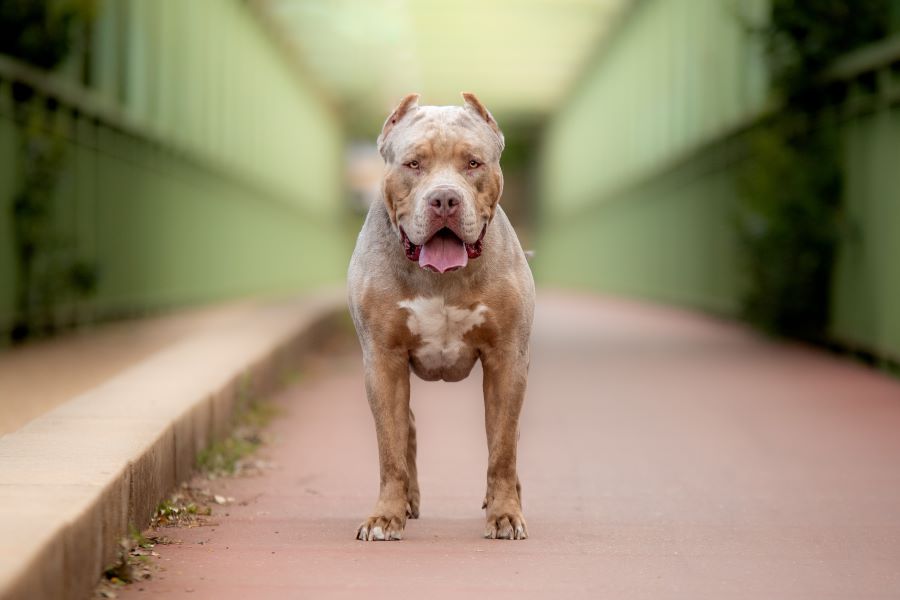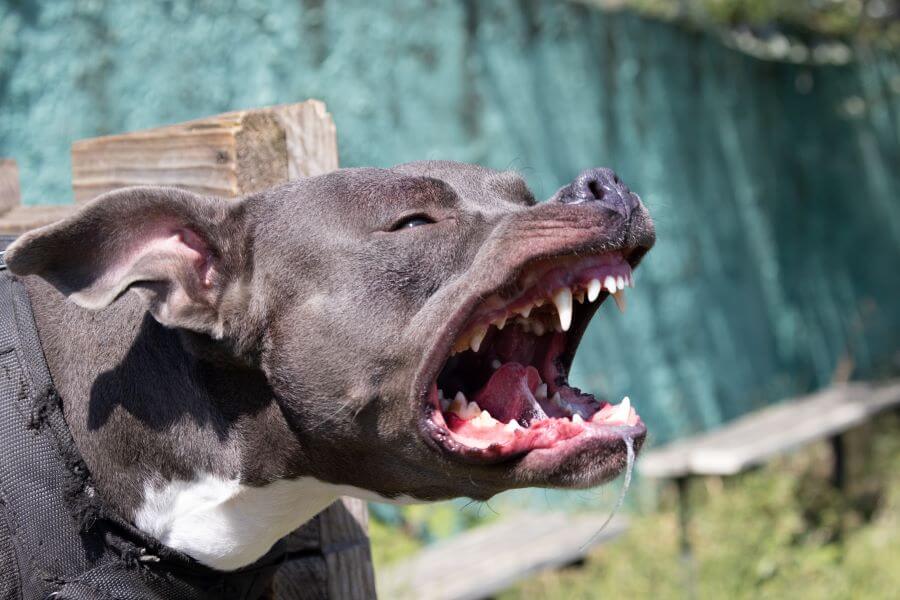Not all breeds of dog are created equally. Some of them can potentially inflict extreme harm. In some cases, the government sees fit to intervene with
Not all breeds of dog are created equally. Some of them can potentially inflict extreme harm. In some cases, the government sees fit to intervene with breed-specific legislation (BSL) and outright bans on certain kinds of dog.
Banned breeds and their characteristics
In the UK, there are four breeds banned under the Dangerous Dogs Act 1991. These are the Pit Bull Terrier, the Japanese Tosa, the Dogo Argentino and the Fila Brasilerio. The XL Bully has attracted a lot of negative attention thanks to a spate of attacks in the UK, and has been singled out by the Prime Minister. Since the breed is not recognised by the Kennel Club, however, any extension of the ban could inadvertently end up banning other breeds, too.
The banned breeds tend to have been bred specifically for dog fighting – a practice which dates back to Roman Times and probably well before that. These dogs have considerable destructive potential, and can be easily bred for combat.

The American Bully XL
Arguments for breed bans
Certain breeds are inherently dangerous. That’s the claim made by advocates of breed bans. A chihuahua, for example, is unlikely to be involved in a lethal dog attack. Take a look at the list of dogs that actually are involved in these attacks, and we see that the notorious American Bully XL is very well represented.
Arguments against breed bans
Opponents of breed bans will argue that they don’t actually reduce the number of dog attacks. Irresponsible dog owners, it is claimed, will not be deterred by breed bans – they will instead simply switch to a different breed and continue behaving as they did before. According to the RSPCA, the dog’s breed isn’t a good predictor of aggression, anyway – and there’s no good evidence to suppose that it is.
Those injured by dog attacks can take action against the responsible party through a personal injury claim – and this could happen whether or not the breed in question is banned.
Finally, another argument that might appeal to dog lovers is the fact that many perfectly harmless dogs are destroyed as a result of this legislation.

Regardless of breed, an angry or defensive dog has sharp teeth capable of causing injury
Impact on banned breeds
Where banned breeds are found, and where no exemption certificate is forthcoming, the dog is usually destroyed. Since dogs of this kind cannot be rescued by members of the public, this has driven down the population of these kinds of dogs in the UK. One instance cited in the RSPCA’s ‘Dog’s Dinner’ report saw a woman take on a puppy from a breeder, not realising the dog could be seized. She then unwittingly signed a disclaimer, and the dog was euthanised.
Impact on non-banned breeds
As well as impacting the banned breeds, legislation of this kind might also affect the breeds which haven’t been banned, because the latter often end up being mistaken for the former. We should also bear in mind that these distinctions are often made on looks alone – there’s no objective test to separate breeds from one another. As such, many owners find themselves targetted for having the wrong kind of cross-breed.



















































































































COMMENTS